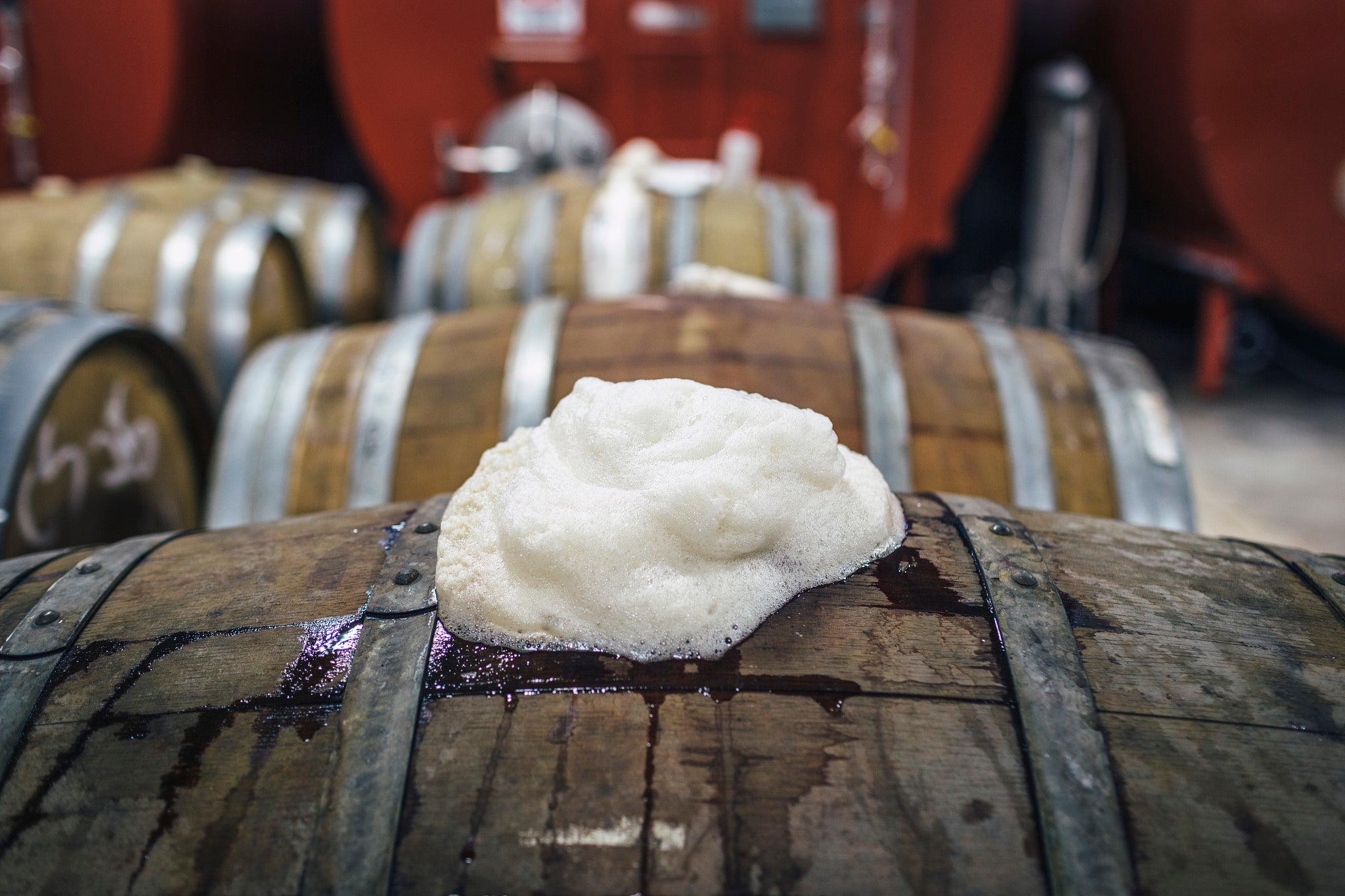What is Stuck Fermentation and How to Fix it?

Ah, the dreaded “stuck fermentation”, if you brew long enough, you will likely experience one. If you have not experienced this, you might be wondering what exactly a “stuck fermentation” is. To put it simply, “stuck fermentation” refers to the yeast prematurely going dormant during fermentation and before full attenuation has been completed. In this blog, we will examine both the reasons stalls can happen, but also how to potentially remedy them.
Reasons stuck fermentation can occur:
Fermentation temperatures too high
Fermentation temperatures are too low
Worts deficient in nitrogen
Worts deficient in oxygen
Worts deficient in nutrients
Yeast stress from the high alcohol content
Yeast stress from an uninhabitable environment
Strain-specific genetic predispositions
Potential Remedies for Stuck Fermentation:
Rouse the yeast
Sometimes pulling a batch out of a stall is as easy as stirring up the yeast in your fermenter. This can be done by simply giving the fermenter a few bumps, gently swirling, or by using a sanitized spoon to give the trub a gentle stir.
Warm up the fermenter
If you suspect your fermentation is stuck because of low fermentation temps, try bringing the fermenter to a warmer location.
Re-pitch new yeast
This is usually the best way to fix a stuck fermentation. You can add more of your original yeast or use a high attenuating yeast such as S-04 or US-05.
Introduce simple sugars or pureed fruit
Sometimes your yeast just runs out of energy. Adding in a new source of sugar can sometimes restimulate fermentation.
Add yeast nutrients
Yeast nutrients, like adding sugar or fruit, can help return the nutrients that the yeast has depleted.
Add enzymes via Beano
Yes, THAT Beano… the enzymes it provides can often move your gravity several points. Use 1 tablet per gallon.
Add oxygen
Some strains of yeast such as Nottingham, have larger than normal oxygen requirements. Some brewers opt to use air stones or even just agitated the top of the wort with a sanitized whisk.
Depending on how “far in” you are on a truly stuck/stalled fermentation, it may or may not be possible to re-stimulate the yeast, for this reason, I almost always just opt to re-pitch my yeast, but if that is not an option for you, try using these other techniques.
Another important thing to look out for is a beer that isn’t stalled, but actually “done”. It is certainly possible for a beer to finish fermentation faster than expected. In this case, it’s a good idea to have a hydrometer handy so you can check your beer's actual gravity.
As always, if you are still stumped, feel free to contact me at customer service and we will troubleshoot together.
Cheers!





